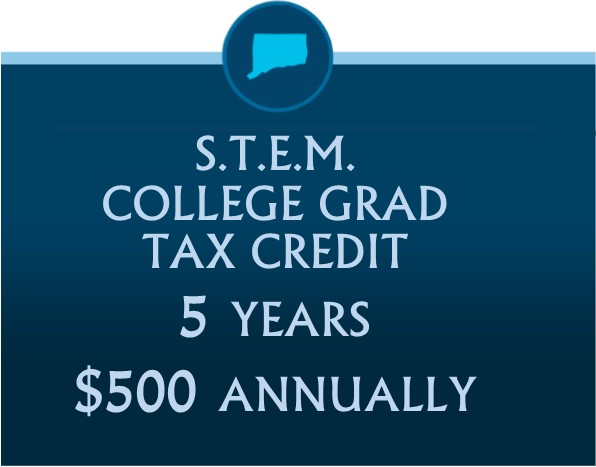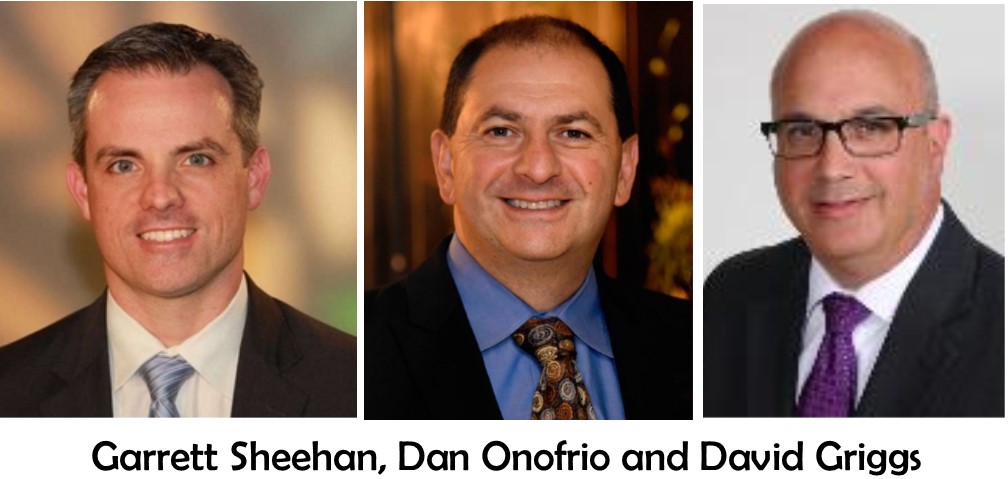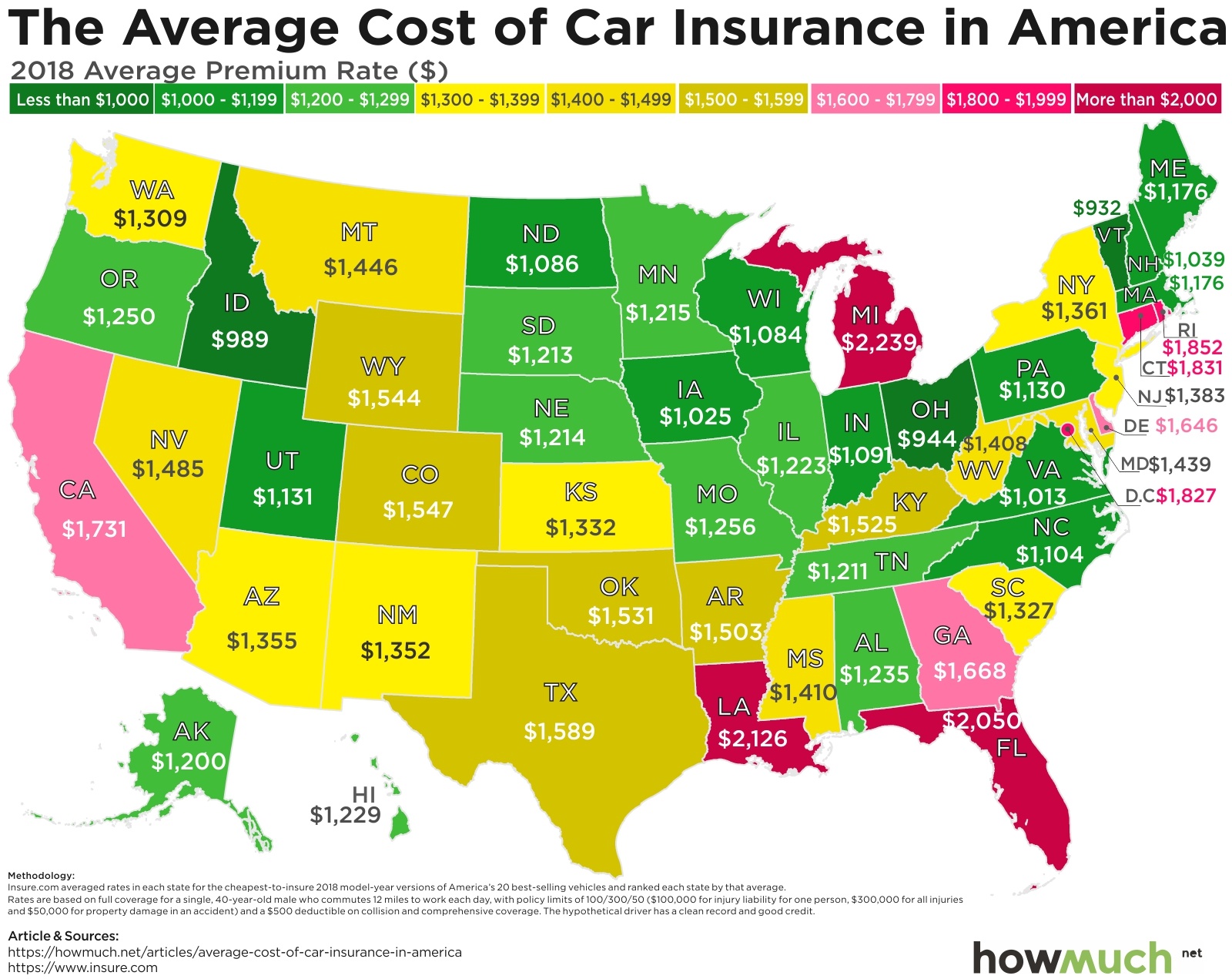Co-Working Headed to Sacred Heart University in Alliance with Verizon, Alley
/Co-working in Connecticut will be gaining another player in the field, with a distinctive twist. Sacred Heart University in Fairfield will be the site, as the university signs an agreement with Verizon and Alley, for the creation, management and operation of a coworking space on the university’s West Campus in Fairfield, formerly the corporate headquarters for General Electric. This new partnership, called Alley powered by Verizon, will be the first in Connecticut and the first time “Alley powered by Verizon” is located on a college campus. Verizon and Alley together have successfully built innovation hubs in New York, Cambridge, and Washington. Locations in Palo Alto and Los Angeles were announced in September, described as “the next phase of its business that will fuel local innovation and entrepreneurship on the West Coast.”

“Fairfield County has several corporations and businesses that stand to benefit from the work that will be done here, not to mention its ideal location between New York City and Boston. We’re helping to create a startup mindset and environment that will provide members much-needed access to corporate resources typically unavailable to small businesses, from key relationship introductions to cutting-edge technology,” said Jason Saltzman, CEO of Alley.
Work on the new innovation coworking space is expected to be completed with the space open for business late next year. It is slated to be a hub for innovation teams from large and small companies; for entrepreneurs who want to test their ideas, grow their businesses and work collaboratively in a supportive environment; and for individual professionals who want to work in a dynamic office environment, according to officials.
“A robust commitment to innovation is in keeping with the University’s dedication to educating our students on technology, emerging trends and entrepreneurship. This is exactly the kind of innovative and entrepreneurial platform that Connecticut desperately needs, and we’re delighted to be hosting it on our campus, working collaboratively with Verizon and Alley,” said SHU President John J. Petillo.
A dedicated SHU project coordinator will help identify, activate and create engagement between the innovation community and SHU’s faculty, staff, administration and student body. As part of this venture, Alley will oversee marketing and advertising to develop a vibrant community of members, manage member experience and help coordinate events and programs. SHU also will establish a Student Concierge Service that members can use as a resource for making connections with various University programs, internships, recruiting, events, speaker sessions, office hours and mentoring.
 The new center at Sacred Heart University will further Verizon’s commitment to cultivate strong relationships with academic institutions with emerging technology curricula, officials stressed. The coworking spaces allow Verizon to tap into local startup and innovation networks, build relationships with potential partners and open new doors for ideas and technology. With Verizon, Alley is bridging the gap between startup and corporation by helping the community workspace build next-level ecosystems for entrepreneurs. Verizon provides entrepreneurs and start-up companies working on new products with the technology and services they need for growth.
The new center at Sacred Heart University will further Verizon’s commitment to cultivate strong relationships with academic institutions with emerging technology curricula, officials stressed. The coworking spaces allow Verizon to tap into local startup and innovation networks, build relationships with potential partners and open new doors for ideas and technology. With Verizon, Alley is bridging the gap between startup and corporation by helping the community workspace build next-level ecosystems for entrepreneurs. Verizon provides entrepreneurs and start-up companies working on new products with the technology and services they need for growth.
As with other coworking spaces that have increasing taken root across Connecticut, the space is expected to offer various levels of memberships and services that include private office space, hot desks, meeting and conference room space, events, recruiting services, marketing services and programming services. The community also plans to draw on SHU faculty, staff, students and other resources to build an academic-focused environment that attracts local startups, entrepreneurs, corporations and other forward-thinking organizations and individuals.
“This is a major boost to Fairfield’s economic development efforts to bring more jobs and businesses to our town,” said Fairfield First Selectman Mike Tetreau. “I am very excited about this Sacred Heart University initiative as it certainly goes a long way to helping replace the loss of GE in our community.”













 The startups include:
The startups include:



























